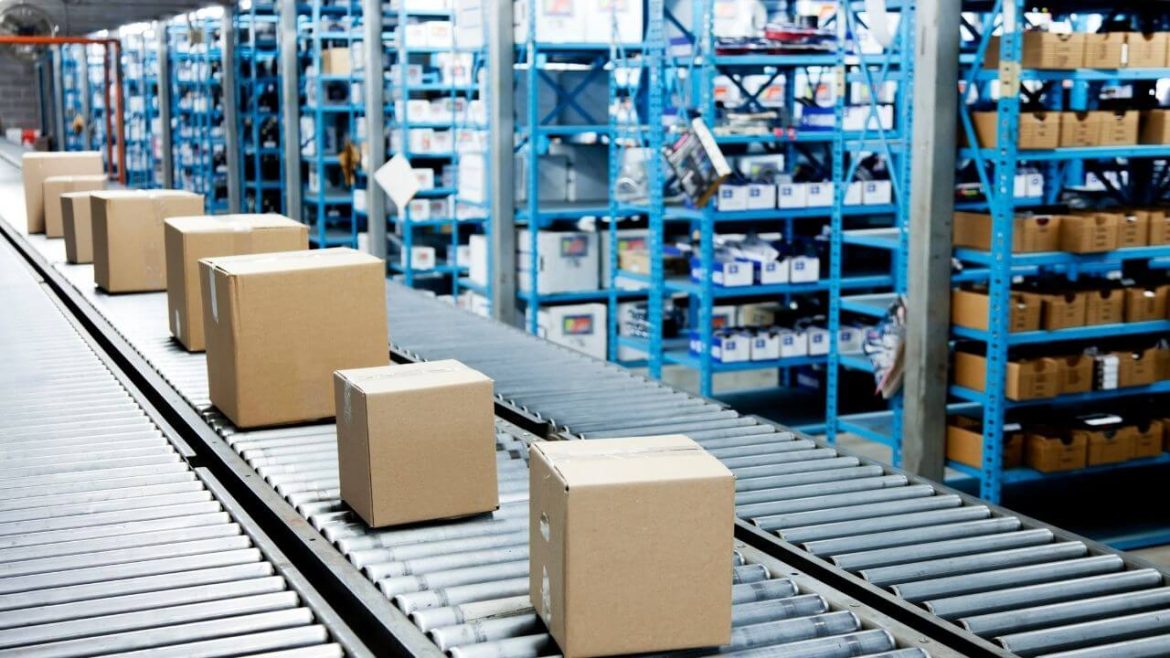In the world of manufacturing, efficiency is key to staying competitive and meeting consumer demands. One of the most significant innovations that have transformed manufacturing processes is the conveyor belt. By automating the movement of materials and products, conveyor belts have become indispensable in various industries, from automotive to food production. This article explores how conveyor belts improve efficiency in manufacturing and the impact they have on production lines.
The Role of Conveyor Belts in Manufacturing
Conveyor belts are mechanical systems that transport materials or products from one point to another within a manufacturing facility. They consist of a continuous loop of material that moves over rollers or a flat surface, driven by motors. The design and functionality of conveyor belts can vary significantly depending on the specific needs of the industry and the type of materials being transported.
Types of Conveyor Belts
· Flat Belt Conveyors: These are the most common type of conveyor belts, used for transporting items of various sizes and shapes. They are ideal for moving products along a straight path.
· Modular Belt Conveyors: Made of interlocking plastic pieces, these belts are highly durable and can be customized for specific applications, such as moving products around corners.
· Incline/Decline Belt Conveyors: These are used to move products between different levels, such as from a lower floor to an upper floor in a facility.
· Roller Conveyors: These use a series of rollers to move products and are often used for heavier items or in environments where items need to be accumulated.
How Conveyor Belts Enhance Efficiency
Streamlining Production Processes
Conveyor belts streamline production processes by automating the movement of materials and products. This automation reduces the need for manual handling, which can be time-consuming and prone to errors. By ensuring a continuous flow of materials, conveyor belts help maintain a steady pace of production, minimizing downtime and bottlenecks.
Reducing Labor Costs
By automating the transportation of materials, conveyor belts reduce the need for manual labor. This not only lowers labor costs but also allows workers to focus on more complex tasks that require human intervention. The efficiency of conveyor belt work means that fewer workers are needed to achieve the same level of productivity, leading to significant cost savings.
Improving Safety
Manual handling of materials can pose safety risks, such as lifting injuries or accidents caused by dropped items. Conveyor belts improve safety by reducing the need for manual handling, thus minimizing the risk of workplace injuries. Additionally, modern conveyor systems are equipped with safety features such as emergency stop buttons and sensors to prevent accidents.
Enhancing Product Quality
Conveyor belts contribute to consistent product quality by ensuring that materials and products are handled gently and uniformly. This consistency reduces the likelihood of damage or defects, leading to higher quality products. In industries such as food production, where hygiene is critical, conveyor belts can be designed to meet strict sanitation standards, further enhancing product quality.
Implementing Conveyor Belts in Manufacturing
Choosing the Right Conveyor System
When implementing conveyor belts in a manufacturing facility, it’s essential to choose the right system for your specific needs. Consider factors such as the type of materials being transported, the layout of the facility, and the desired speed of production. Customizing the conveyor system to fit these requirements will maximize efficiency and productivity.
Maintenance and Upkeep
Regular maintenance is crucial to ensure the longevity and efficiency of conveyor belts. This includes routine inspections, cleaning, and lubrication of moving parts. By keeping the conveyor system in optimal condition, manufacturers can prevent unexpected breakdowns and maintain a smooth production process.
The Role of Conveyor Belts in the Pharmaceutical Labeling Process
As technology advances, conveyor belts are becoming more sophisticated, incorporating features such as automation, sensors, and data analytics. These innovations allow for real-time monitoring and optimization of the pharmaceutical labeling process, further enhancing efficiency. The integration of conveyor belts with other automated systems, such as robotic arms and automated guided vehicles, is set to revolutionize the pharmaceutical industry, making it more efficient and adaptable to changing demands. The way conveyor belt work is integrated into these processes ensures a seamless flow of products, maintaining high standards of accuracy and speed in labeling operations.
Conclusion
Conveyor belts have become a cornerstone of modern manufacturing, offering numerous benefits that enhance efficiency, reduce costs, and improve safety. By automating the movement of materials and products, conveyor belts streamline production processes and contribute to consistent product quality. As technology continues to evolve, the role of conveyor belts in manufacturing will only grow, driving further advancements in efficiency and productivity. Embracing these innovations is essential for manufacturers looking to stay competitive in an ever-changing market.
